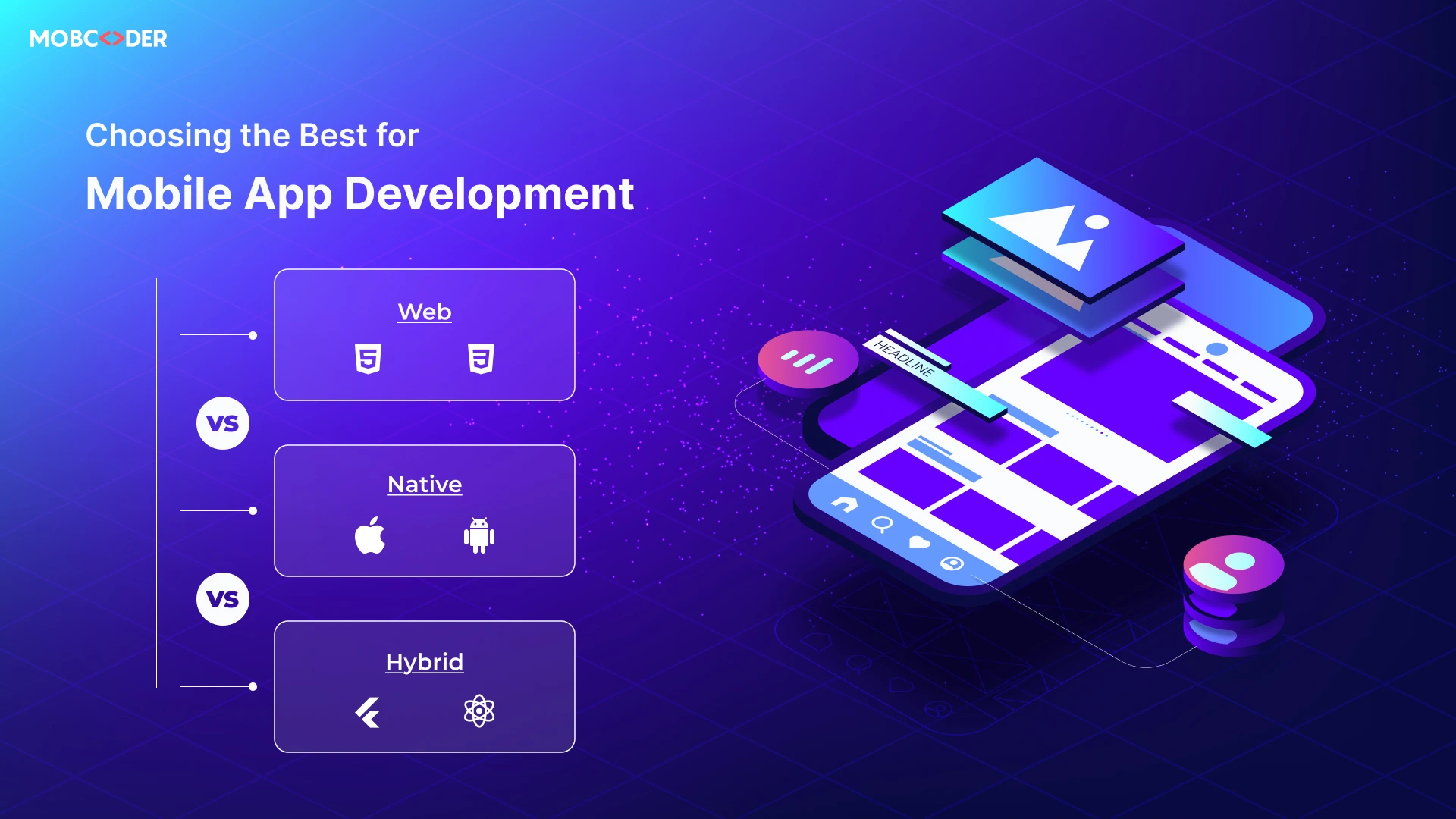As mobile technologies continue to advance at an unprecedented pace, businesses across industries are prioritizing mobile applications to enhance user engagement, improve operational efficiency, and gain a competitive edge. However, one of the most frequently asked questions remains: "What is the cost of developing a mobile app in 2025?"
The answer varies depending on numerous factors such as app complexity, features, technology stack, and development region. This comprehensive guide explores the key cost determinants of mobile app development in 2025, helping businesses plan and allocate budgets more effectively.
Why Mobile App Development Remains a Strategic Investment in 2025
In 2025, the global mobile ecosystem continues to expand, with over 7.5 billion smartphone users and increasing reliance on mobile-first solutions. Businesses are leveraging mobile apps not only to offer convenience but also to drive digital transformation through technologies like AI, AR/VR, IoT, and blockchain.
Whether you're a startup launching a new product or an enterprise modernizing your service offerings, investing in a mobile app is more relevant—and strategic—than ever before.
Also Read - Why Agentic AI Is the Next Frontier in Digital Transformation
Average Cost of Mobile App Development in 2025
The cost of developing a mobile app can vary significantly based on its complexity, platform, and functional scope. Below is a general cost breakdown:

Key Cost Drivers in Mobile App Development
1. App Complexity and Features
The number and type of features directly influence development time and cost. Basic apps with minimal functionality are relatively affordable, while feature-rich applications, such as marketplaces, on-demand platforms, or fintech solutions, require significant investment in backend systems, integrations, and advanced functionalities.
2. Platform Choice: Native vs. Cross-Platform
Developing separate native applications for iOS and Android often results in higher costs. In contrast, cross-platform frameworks like Flutter or React Native are increasingly preferred in 2025 for delivering high-performance apps while optimizing time and budget.
3. UI/UX Design
Design is a critical success factor. Users expect modern, intuitive, and visually appealing interfaces. Investing in professional UI/UX design —complete with animations, dark mode, and accessibility support—can cost between $5,000 and $25,000, depending on the complexity.
4. Backend Development and Infrastructure
Apps requiring real-time capabilities, data storage, authentication, and third-party integrations necessitate a robust backend. Cloud platforms such as AWS, Firebase, and Microsoft Azure are commonly used. Backend development can contribute $10,000 to $100,000+ to the overall project cost.
Also Read - Mastering AI in Software Development: How Mobcoder AI is Revolutionizing Speed, Efficiency, and Code Quality
5. Advanced Technology Integrations
Modern apps often incorporate cutting-edge technologies, including:
- Artificial Intelligence (AI) for personalization and automation
- Augmented/Virtual Reality (AR/VR) for immersive experiences
- Blockchain for secure transactions and data transparency
- IoT for connected device functionality
Each integration may add $10,000 to $50,000+, depending on implementation complexity.

Development Team Structure and Its Impact on Cost
1. In-House Development
While in-house development offers control and alignment with internal workflows, it often involves significant overhead costs, including salaries, infrastructure, and HR management.
2. Freelancers
Freelancers can be suitable for small-scale or short-term projects, but may pose challenges related to coordination, accountability, and long-term support.
3. Outsourced Development Agencies
Collaborating with a professional app development agency provides access to a multidisciplinary team—developers, designers, QA engineers, and project managers—under one roof. Agencies also offer scalable engagement models and end-to-end delivery capabilities.
Average hourly rates by region:
- North America: $100–$250/hour
- Western Europe: $60–$150/hour
- Eastern Europe: $40–$100/hour
- Asia (India, Vietnam, Philippines): $25–$60/hour
Hidden and Ongoing Costs to Consider
1. App Store Fees
- Apple App Store: $99/year
- Google Play Store: $25 one-time fee
2. Maintenance and Updates
Routine updates are required for compatibility, performance improvements, and security. Annual maintenance typically costs 15–20% of the initial development budget.
3. Third-Party Services and APIs
Expenses may include:
- Push notifications
- Analytics tools
- Real-time chat integrations
- Mapping and geolocation services
Cost Optimization Strategies
To make the most of your budget, consider the following best practices:
- Start with a Minimum Viable Product (MVP): Focus on core features to test the market before scaling.
- Utilize Cross-Platform Frameworks: Save time and cost by building a single codebase for both iOS and Android.
- Prioritize Features: Avoid unnecessary features in the initial version.
- Use Pre-Built Components: Leverage SDKs and open-source modules to accelerate development.
- Partner with an Experienced Agency: Choose a vendor with a proven track record and transparent processes.
Case Study Snapshot (Example)
A mid-sized startup aims to launch a food delivery app in 2025. The app includes features such as user registration, order tracking, payment integration, and an admin panel.
Estimated Cost Breakdown:
- UI/UX Design: $10,000
- Mobile App Development (Cross-platform): $45,000
- Backend & APIs: $25,000
- Admin Dashboard: $10,000
- Testing & QA: $5,000
Total Estimated Cost: $95,000
With offshore outsourcing, the project cost can be optimized to approximately $55,000–$70,000, depending on the service provider.
Also Read - Generative AI Development: How It's Rewriting the Rules of Digital Creation
Conclusion
Understanding the cost structure of mobile app development in 2025 is essential for making informed investment decisions. The cost ultimately depends on the scope, features, and technology stack, but with strategic planning and the right development partner, businesses can build robust mobile solutions within a reasonable budget.
At Mobcoder , we specialize in delivering high-quality, scalable mobile applications tailored to your business objectives. Whether you're launching a new product or transforming an existing service, our expert team is here to guide you through every step of the development journey.
Ready to bring your mobile app idea to life in 2025?
Contact Mobcoder today for a personalized consultation.









